Table of Contents
ToggleDifferent types of braces exist since no two sets of teeth and dental structures are exactly the same. What helps straighten one person’s teeth may not help another, and a one-size-fits-all metric is not useful for providing high-quality orthodontic treatment. That’s why there are many varieties of braces being offered now and many more in development. The world of braces is expansive and exciting, as it means you or your kids can have a choice and straighten your smile in the way you prefer.
Why So Many Types of Braces?
There are many reasons why having a wide selection of braces is a good and necessary thing. The different options each have unique advantages, which means that everyone can get the treatment they need to address their specific dental issues. Braces should meet the following requirements for you.
Braces Should Fit Your Lifestyle
Getting braces can seem like a fairly uniform procedure, but some options are more suited for certain lifestyles than others, and your braces should match yours. For instance, if you want to have fewer restrictions when it comes to eating, an invisible aligner will be helpful because they’re removable, which means that you can eat foods that may break or get stuck in traditional braces. If you’re looking for shorter appointment times due to a busy schedule, you may be more suited for self-ligating braces. Your orthodontist will work with you to decide what works best for your situation.
Braces Should Match Your Aesthetics and Personal Expression
For many people, their ability to express themselves through the things they wear is important. Having braces can be a good way to show some personality and style, which is why many metal braces can be customized with colorful bands. Alternatively, you may be looking for a different style of braces that has an aesthetic or design you prefer. Your orthodontist can help you find the braces that look the best if that’s something you’re concerned about.
Braces Should Be Suited to the Wearer’s Age
Young children may need early orthodontic intervention to straighten their teeth once it becomes more obvious what their dental structure is like. However, not all braces will work for younger kids. Others are designed to suit children and the changes their mouths will go through as they age and grow.
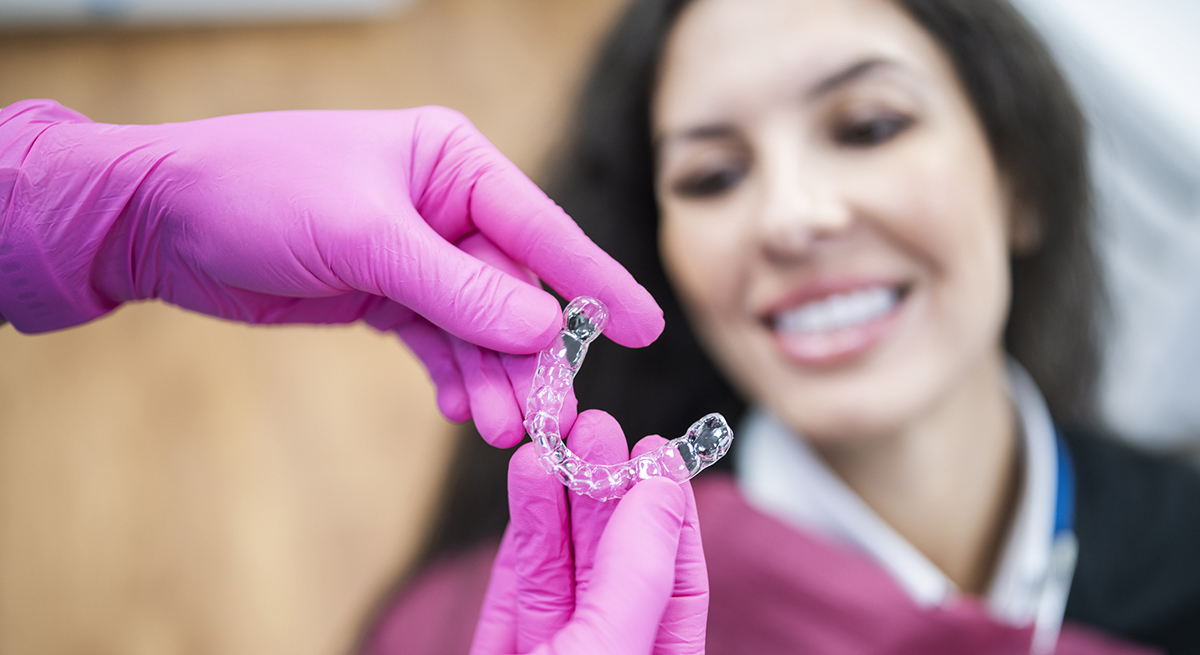
Types of Braces
There is a wide variety of braces to choose from. The most popular types are:
- Metallic braces
- Ceramic braces
- Invisible aligners
- Self-ligating braces
- Lingual braces
These each have their own unique benefits but may not work for some people in some situations. However, this means each style of braces works best for certain people in certain situations. That’s a good thing because it means that people can choose the braces type that best fits their own personal needs, so they can get the treatment that they need while addressing any unique treatment hurdles along the way. Ultimately, while any type of braces may work for a particular orthodontic issue, there is likely a type that will best suit the individual’s needs and preferences.
It’s important to discuss each type of braces with your orthodontist to determine which type will work best for your oral health as well as your lifestyle. That way, you’ll know you’re making an informed decision and choosing something that you can trust to help your teeth without causing any serious disruptions for you.
Metallic Braces
Metallic braces, which are the traditional bracket braces that tend to come to mind when you think of braces, are so common for a reason. Not only are they an affordable option, but they’re reliable, with tried-and-true results spanning several years. High-quality metallic braces are made of a strong material that can be easily adjusted to fit the changing shape of your mouth. Additionally, as technology develops, metal braces are becoming faster acting, more comfortable, and more stylish.

Ceramic Braces
Ceramic braces are similar in design to traditional metal braces, but with one main difference: instead of using metal brackets, they use clear ceramic brackets that blend in with the teeth. This makes them less obvious and more suited for people who wish to use discreet orthodontic treatment. In some cases, you may be given tooth-colored wires to make your ceramic braces even less obvious.
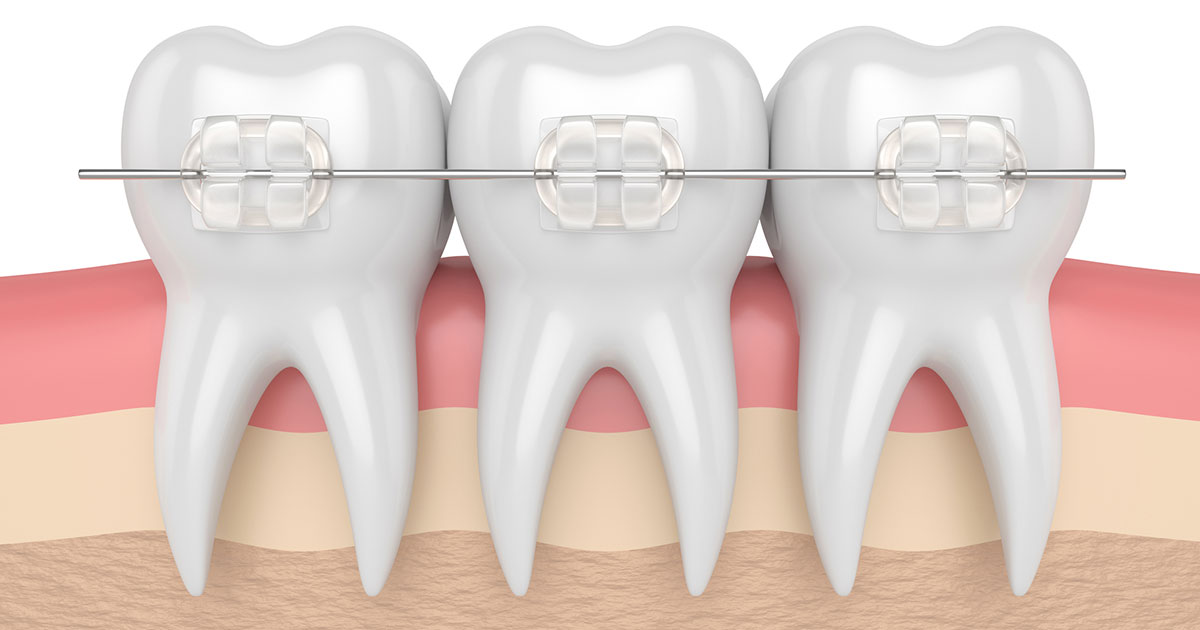
Self-Ligating Braces
Self-ligating braces are similar to metal braces and ceramic braces in that they also use a wire and bracket system to straighten teeth. The major difference is that, instead of using rubber ties to keep the wire in place, self-ligating braces use a system of clips or doors to do the same thing. This may seem like a small change, but it can make them an ideal match for anyone who finds traditional braces uncomfortable and time-consuming to adjust. In fact, self-ligating braces are easier to adjust, which means shorter appointments.
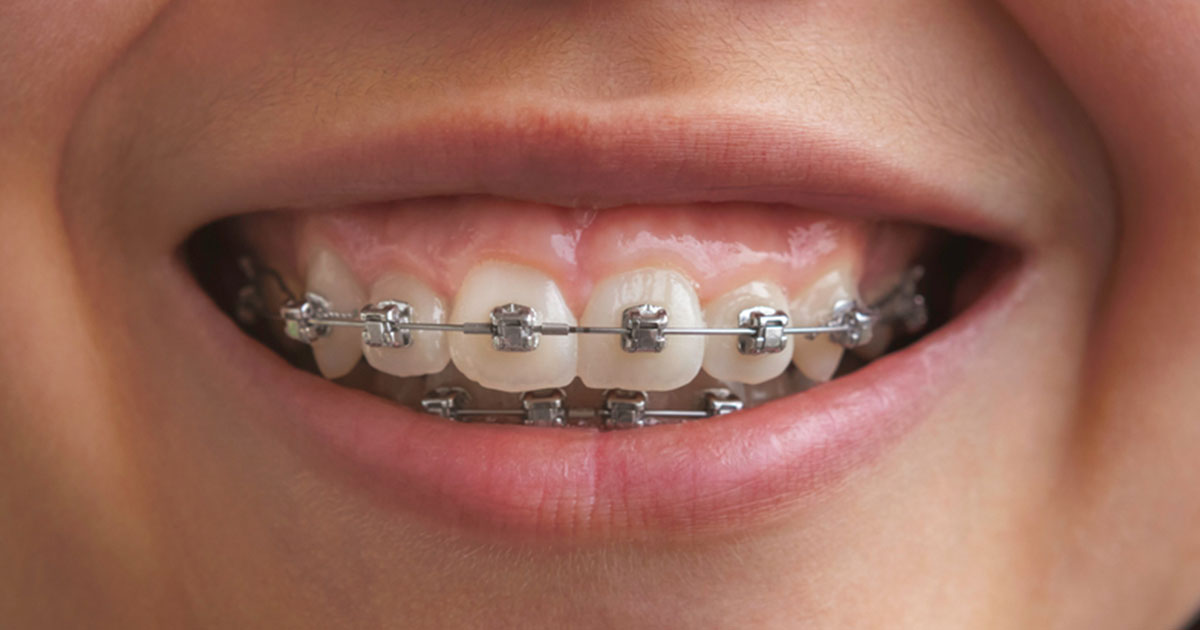
Lingual Braces
Lingual braces are another style of braces that functions very similarly to classic metal braces. However, they’re placed on the inside of the teeth. This means that when you smile, the lingual braces are hidden behind your natural teeth. They’re a covert option that combines the no-braces look of invisible retainers with the functionality of metal braces.
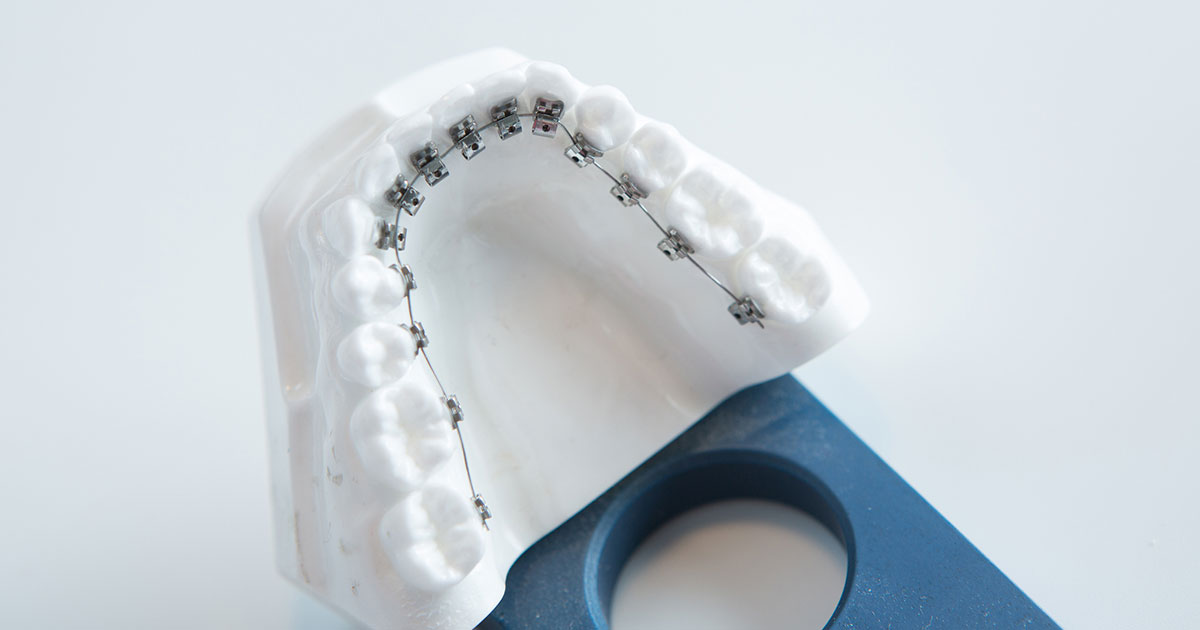
Invisible Aligners
Invisible aligners are popular and easy to use, especially for adults who want to improve their smiles but don’t want to be seen wearing classic braces. They’re made of a clear, durable plastic that is molded to fit your mouth, but that can be removed when it’s time to eat, brush, and floss. This makes them an easy way to align your teeth without worrying about restrictive or overly noticeable braces.
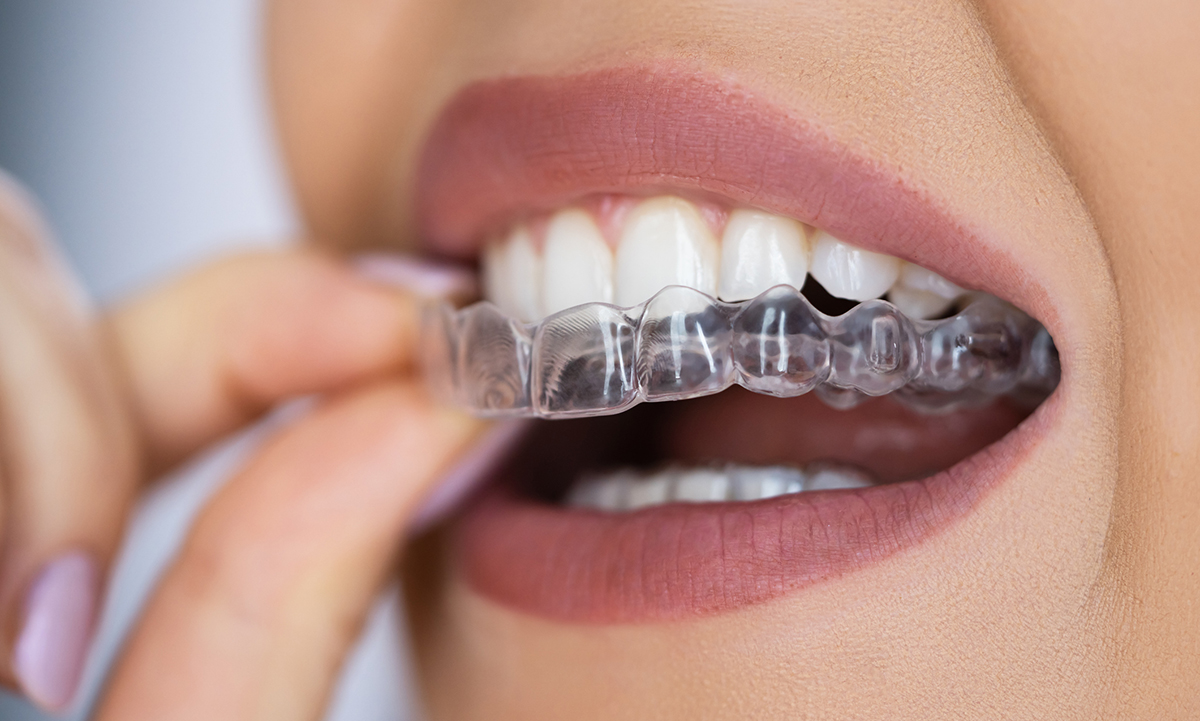
Invisible aligners also have some downsides that may make them less suited for some individuals. They are removable but must be worn for most of the day, which means that it’s up to the individual wearer to remember to wear the aligners on their own. They’re also one of the more expensive options and aren’t recommended for younger children. For certain oral health conditions, treatment may also take longer, which means that they may not be the first choice for people in a hurry to experience the finished result.
Choosing Types of Braces
Picking the right variety of braces will depend on your unique alignment issue, your general oral health, and more.
Keep these questions in mind when determining why type of braces may fit your needs:
- How much money can I spend? If you’re willing to pay a bit more for virtually invisible braces, lingual braces may be for you. If you simply want your teeth straightened and a lasting smile at a low cost, traditional metal braces may be a better fit.
- How long am I willing to wear braces? Some of the braces work faster, while others need more time to move your teeth into position. Currently, lingual braces, self-ligating braces, and clear aligners are all relatively quick ways to achieve a good smile.
- How long do I want adjustment appointments to take? Braces that require minimal adjustments, like self-ligating braces, are better for people with packed schedules and people who get stressed out visiting an orthodontist.
- Does the appearance of the braces matter? Clear aligners and lingual braces are best if you prefer to keep your braces treatment discreet. Alternatively, if you just want something you can customize, traditional braces are the way to go.
- Are there any reasons a certain type of braces won’t work? For example, it isn’t recommended for children to use clear aligners, so other options must be considered.

Braces Types FAQs
If you’re still unsure about which braces option may be best for you, consider these FAQs.
Invisible aligners are also known to be comfortable because they fit your teeth instead of using metal wires to exert pressure and change the shape of your mouth. Of course, all braces will eventually become comfortable as they’re worn, but if you’re more sensitive to pain or discomfort, then self-ligating braces or invisible aligners may work better.
Robison: Top Orthodontics in Arizona
If you are considering braces for yourself or your child, schedule a consultation with the friendly staff at Robison Orthodontics. We can help you assess which types of braces are available for treating your unique oral health issue and ensure you choose an affordable, low-maintenance, comfortable braces option. Schedule a consultation to learn more about your orthodontic options.

Dr. Tyler Robison is an alum of Mesa’s Mountain View High School. He graduated from Brigham Young University before being accepted to the “Top Ten-nationally ranked” University of Louisville in Kentucky, where he earned his Doctorate in Dental Medicine and a Master’s Degree in Oral Biology. He graduated with honors in the top ten percent of his class. Dr. Robison continued at the University of the Pacific in San Francisco, where he received a second master’s degree in dental science and his orthodontic certification.


